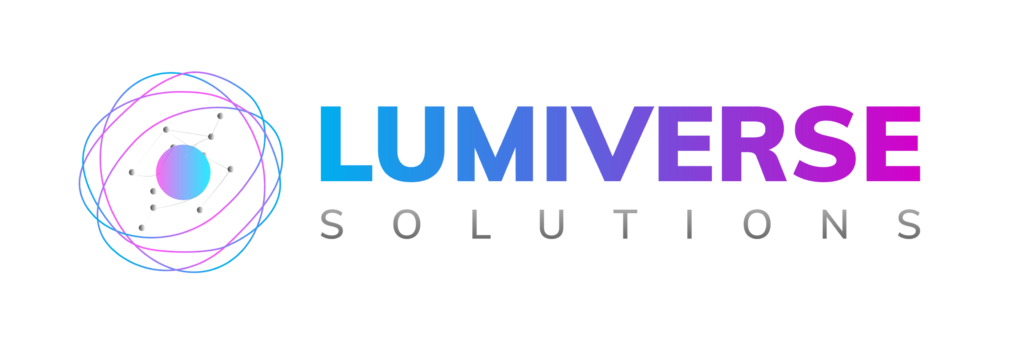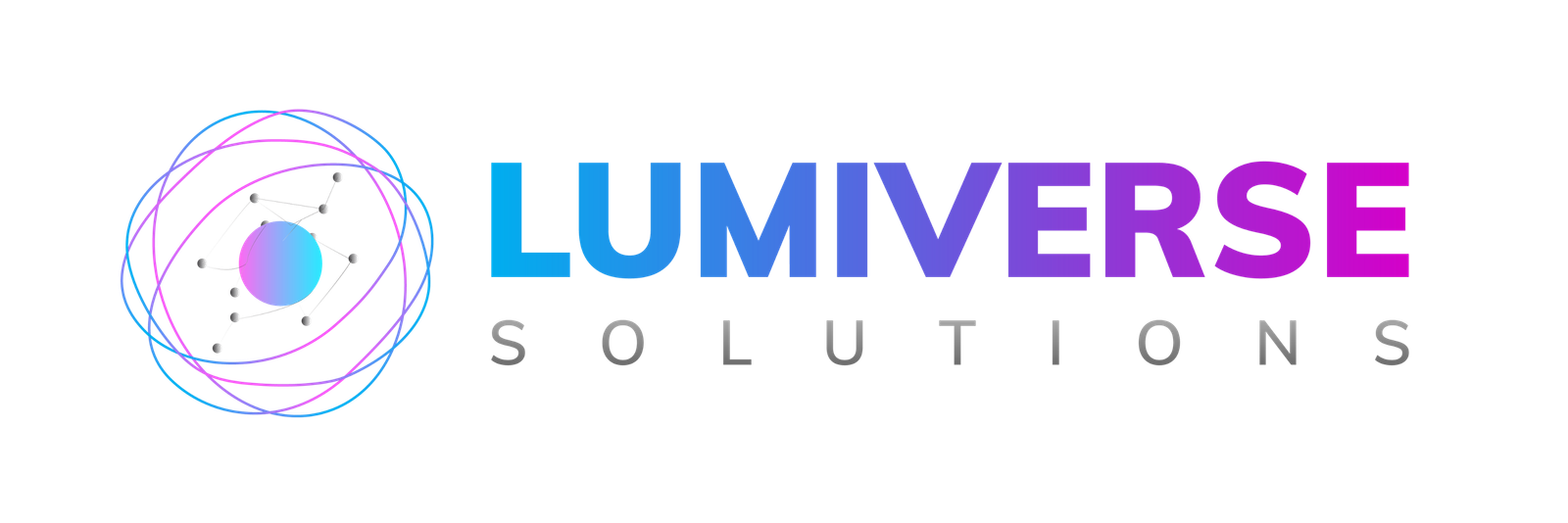Cybersecurity Compliance Made Easy Frameworks Explained Know It All
Cybersecurity Compliance Made Easy Frameworks Explained Know It All INTRODUCTION In the ever-changing digital age, cybersecurity is not merely an IT concern—it’s a business necessity. The expanding threat environment, growing regulatory demands, and the mounting pressures of customer expectations have turned cybersecurity compliance into an essential requirement for all organizations. However, numerous firms, particularly small and medium-sized enterprises, are overwhelmed by the confusion in conforming to multiple frameworks and regulations. That’s where Cybersecurity Compliance Made Easy comes in. This blog discusses how organizations can make cybersecurity compliance easier by knowing the most commonly applied frameworks and their best practices that fit their objectives and size. 1. Why Cybersecurity Compliance Matters Understanding the “why” of cybersecurity compliance is the key to making it easier. In essence, compliance is about allowing organizations to create robust security foundations, stay out of trouble with penalties, and establish trust with customers and partners. Cybersecurity Compliance Made Easy is not so much about not getting fined or clearing audits. It’s about putting in place a system that protects your vital assets, secures personal information, and promotes business continuity. Security compliance: Reduces business risks Ensures legal and regulatory alignment Strengthens your brand reputation Increases customer confidence. 2. Popular Cybersecurity Compliance Frameworks One of the first steps to accomplishing Cybersecurity Compliance Made Easy is selecting the most appropriate framework(s). Though each has its own set of requirements, they all focus on enhancing security and protecting data. Here’s a brief overview of some of the biggest frameworks: NIST Cybersecurity Framework: The perfect choice for organizations wanting to address cybersecurity risks in a complete manner. It is centered around detecting, protecting against, responding to, detecting, and recovering from threats. It concentrates on risk-based thinking, documentation, continuous improvement, and leadership commitment. PCI DSS: Mandatory for any organization that handles credit card data. It aids in securing cardholder data by using robust encryption, access controls, and ongoing monitoring. HIPAA: Required for healthcare providers and vendors. It is centered on the privacy and security of health-related information. GDPR/CCPA: Data privacy legislation that obliges companies to safeguard personal data and respect data subject rights such as consent, access, and erasure. The understanding of these frameworks is the secret to Cybersecurity Compliance Made Easy. Most companies don’t have to adopt all of them—only the ones that apply to their industry and data. 3. How to Make Cybersecurity Compliance Simple Making compliance simple is all about making the process easy. Here’s a pragmatic guide: Step 1: Determine Compliance Requirements Begin by determining which compliance requirements your organization needs to meet. That’s based on your industry, customers, type of data you collect, and where those customers are. Step 2: Review Your Existing Security Posture Do a gap analysis. Determine what you have in place as security controls and what is lacking. This allows you to know where to put your effort. Step 3: Document Policies and Controls All frameworks demand policies and security controls written down. These are such things as access management, data encryption, incident response, and vendor management. Step 4: Train Your Employees Human mistake is perhaps the largest security threat. Employee training is an integral part of Cybersecurity Compliance Made Easy. Train your employees on phishing, password hygiene, and their responsibility in maintaining the firm’s security. Step 5: Put Technical Controls in Place Install firewalls, antivirus tools, endpoint protection, intrusion detection tools, data loss prevention, and multifactor authentication. Patch systems regularly and perform vulnerability scans. Step 6: Monitor and Audit You must provide proof of your compliance. Utilize log management tools, automated monitoring, and regular internal audits. Continuously review and enhance your security practices. 4. How to Choose the Right Framework Selecting the proper framework doesn’t have to be challenging. Here’s how to whittle it down: If you’re taking card payments, PCI DSS comes into play. If you are a global business with EU customers, GDPR is necessary. Cybersecurity Compliance Made Easy starts by picking the framework that aligns with your industry, goals, and resources. Start small, scale smart. 5. Tools That Simplify Cybersecurity Compliance Compliance doesn’t have to be manual. Leverage the right tools to automate and track your efforts: Use compliance management platforms that align controls with frameworks. Deploy audit-tracking and documentation software. Embed cloud security utilities for real-time monitoring. Automate policy acknowledgment and employee training. With the proper technology, Cybersecurity Compliance Made Easy is a reality—even for small teams with tight budgets. 6. Establish a Culture of Compliance Compliance is not a box-checking exercise—it’s an attitude. A robust security culture makes compliance stick. To build this culture: Engage leadership in goal-setting and measuring success. Educate employees about the business value of security and privacy company-wide. Reward proactive security practices. Make cybersecurity part of your brand identity. Organizations that embrace compliance as a value—not just a task—see better results in security, efficiency, and trust. 7. Measuring Compliance Success Once you’ve implemented your compliance plan, track your progress. Key indicators include: Reduction in vulnerabilities Faster incident response times Fewer audit findings Higher employee security awareness scores Over time, you’ll move from reactive compliance to proactive security. 8. Despite a streamlined method, organizations get hung up. Common issues are: Limited resources Constantly evolving threats that never cease Staying up-to-date with dynamic regulations Internal knowledge gaps To overcome these: Start with what’s critical, and build incrementally. Work with compliance experts or managed security services providers. Use frameworks as a guide–not a checklist. Through the right method, such hurdles are achievable. That is the concept of Cybersecurity Compliance Made Easy. 9. Benefits of Cybersecurity Compliance to Companies 9.1 Improved Data Protection Cybersecurity compliance is nothing but the protection of sensitive information. If it is personal information, financial data, or intellectual property, an effective security strategy that follows compliance guidelines ensures that your data is safe and out of the reach of hackers. By adopting frameworks like ISO 27001 or NIST CSF, businesses can establish strong data security policies that go from access control to encryption, minimizing threats to critical business information. 9.2 Mitigation of Financial
Cybersecurity Compliance Made Easy Frameworks Explained Know It All Read More »










